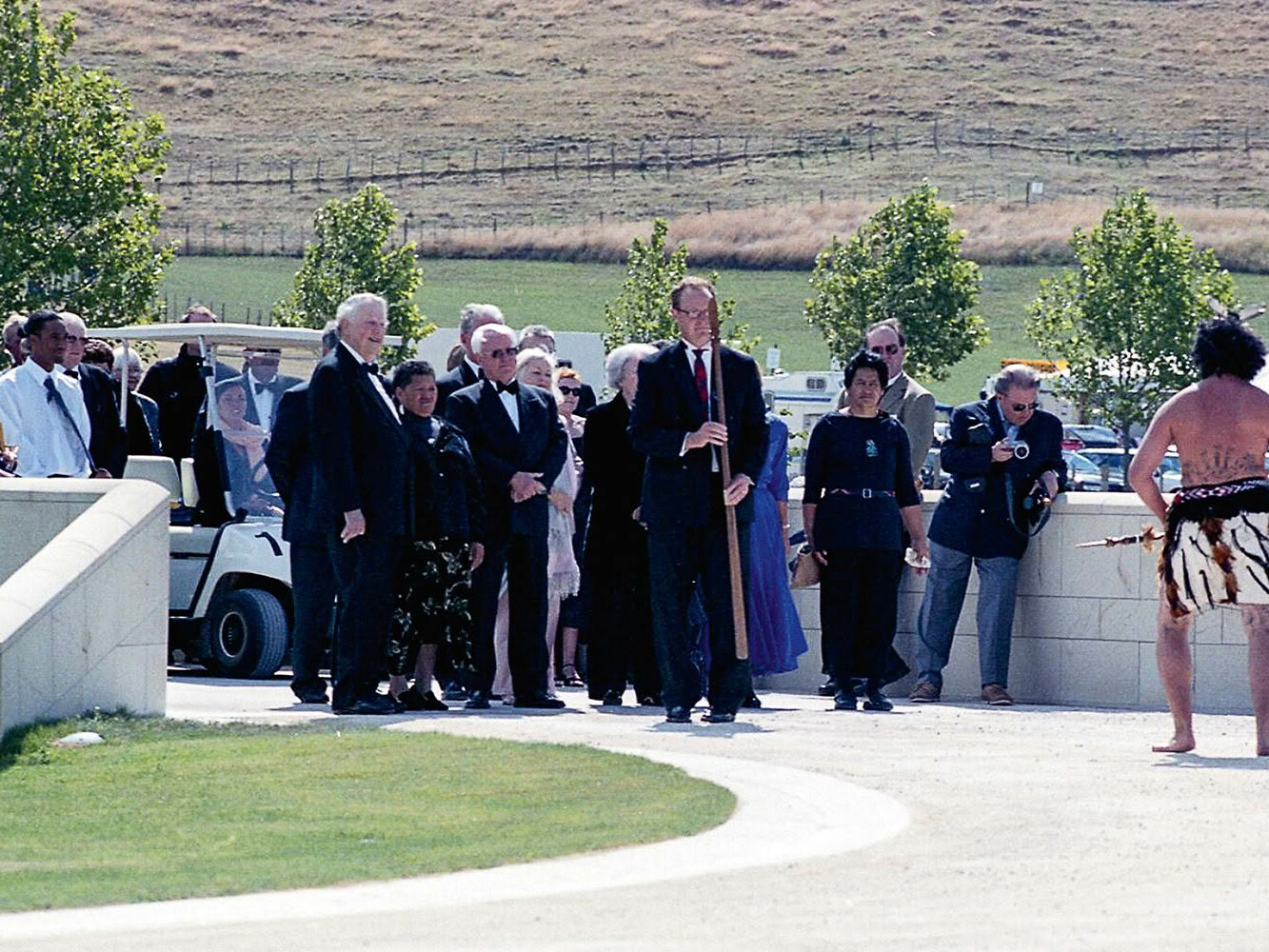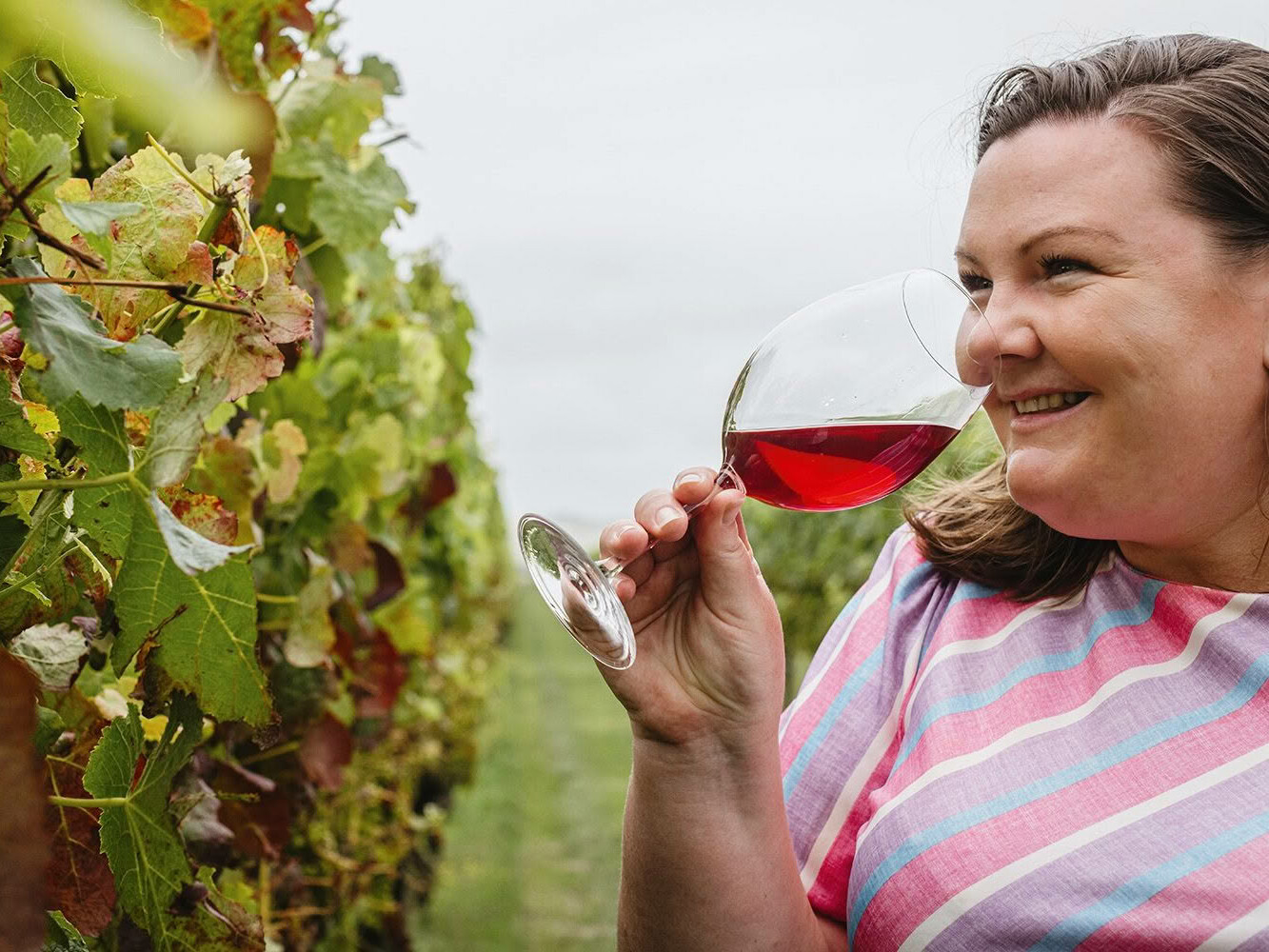It is no secret that pinot noir is my desert-island variety (as long as that island has a way to keep the bottles cool). It is the most widely grown red variety in New Zealand; Wairarapa, Nelson, Marlborough, North Canterbury and Central Otago are all capable of making good pinot. Great examples are perhaps a little rarer in Nelson and Marlborough currently, but the potential definitely exists.
So, what makes a great pinot noir? Even in Burgundy some would swear by Chambertin’s size or weight while others insist on Musigny’s silky elegance. Whether it’s Chambertin, Musigny or even La Tâche that excites you, there are certain things about pinot noir which go further than most varieties. Primary among these is finesse, an ethereal quality characterised by a harmonious balance and a sense of lightness without sacrificing depth. Layers of delicate perfume and a peacock’s-tail finish are also hallmarks of great pinot.
On the surface, this seems to be a rather narrow view. Certainly most varietal examples on the market – and several highly-regarded labels – do not fit this mould. Fruit-focussed wines with soft drinkability are the norm for entry-level pinot noir. At the upper end, there exists a school of thought that more is better. This was noticeable in New Zealand pinot noir from the late 1990s through to the early 2010s when we had quite extracted, very ripe wines (often topping 14% abv) which saw a lot of new-oak ageing. The late 1990s also saw some wines touting 200% new oak: after spending their first winter in 100% new oak they were racked to a fresh set of 100% new oak barrels for their second winter. Some of these big, rich and powerful wines have eventually come around and softened, but most remained tough, chewy and overly oaky until their fruit had faded, leaving only a dried-out shell. The few wines which have stayed the course tended to display harmony and balance in their youth.
This extracted style could be due to non-pinot noir specific views of winemaking in those early days, or perhaps it was the New World regions repeating each other’s mistakes before realising that a lighter hand was what pinot needed. After all, we have all been taught that great Bordeaux, Rhône, Brunello and Barolo are very tannic and closed in their youth; that their intense oakiness and structure are there to give the wine longevity. To that end, there is a strong argument that pinot noir’s ability to age is dictated by acidity and harmony more than tannin. This is not to say that great Burgundy has no tannins; on the contrary, most drinkers who taste good Burgundy after drinking mainly New Zealand pinot noir are surprised by the noticeable tannins in young examples and these do melt in the mid-term to deliver that famous silky texture. Great bottles of pinot walk a tightrope where acid, freshness, fruit and fragility all play off each other. As long as no one element overpowers the others, the bottles continue to deliver pleasure.
Talking about balance reminds me of a lecture which sparked wide discussion and thought at the 2017 Pinot Noir Conference in Wellington. Kenichi Ohashi, Master of Wine and Sake Master – the world authority on the Japanese wine palate – surprised the room with his remarks that, “Great pinot noir is transparent, with the best qualities of premium water.” He explained this using a photograph of Kyoto’s Rokuon-ji reflected in a still pond, to highlight the rather traditional Japanese aesthetic concepts he wanted us to understand: Japanese interpretations of purity, transparency and quietness.
Simultaneously one of the world’s most developed wine markets and also one without widespread consumption, Japan’s wine scene has developed in a different way than most others. However, like other developed markets, Burgundy – and by extension premium pinot noir – takes pride of place at the top of the pyramid alongside Champagne and Bordeaux.
I had the pleasure and privilege to revisit this theme with him, seven years and a global pandemic later, when I visited La Ferme de Sato in Central Otago with Ohashi-san in late February. He was able to expand on his lecture over the few days we spent together. The key elements are balance and harmony. To him, great pinot noir has to be controlled, even understated, rather than bold and bombastic. Very traditional concepts such as Japanese humility are part of his perspective – the wine should have a stillness and understated quality which allow its inherent detail to shine. Toned down, but not diluted. Ethereal and subtle rather than intense.
We spoke as well about his need for purity and what it meant. Purity in this case is the absence of faults from either too much or too little intervention. As the author of one of the natural wine world’s earliest treatises – he published 自然派ワイン (Vin Naturel) in 2004 – Ohashi-san is no stranger to the paradox of purity and faults, but he believed that purity of flavour does not mean simplicity, but the removal of distractions which detract from the essence of the wine. This focus on flow, quietness and balance are all clear to see if we apply the traditional Japanese aesthetic to pinot noir.
In recent horizontals of New Zealand pinot, it is encouraging to see that our producers here are honing in on finesse, detail and that ineffable ‘transparency’ that Kenichi spoke of. This is not to detract from some of the very good wines which have already been made here, but it is heartening to know that in the future, we may be able to look back at mature bottles of great pinot noir.






